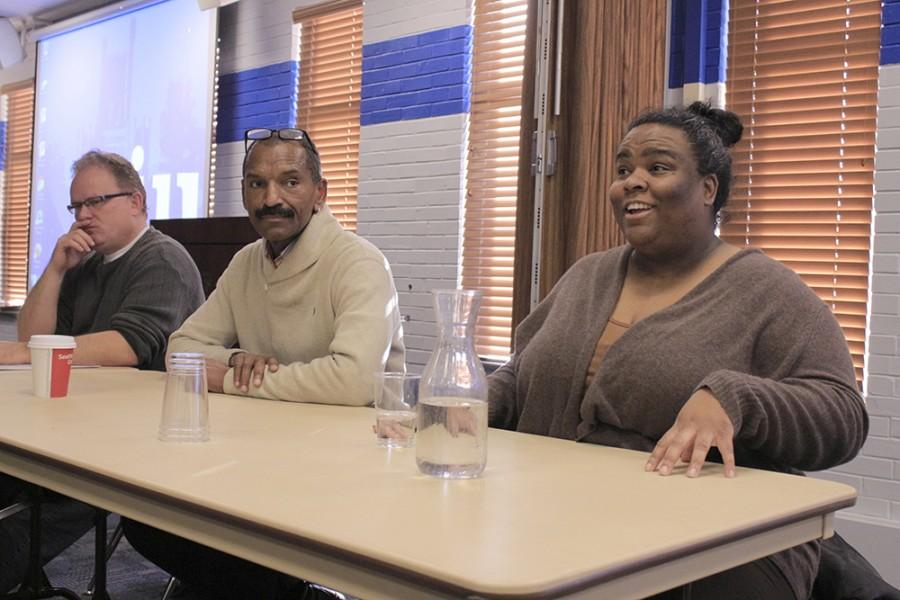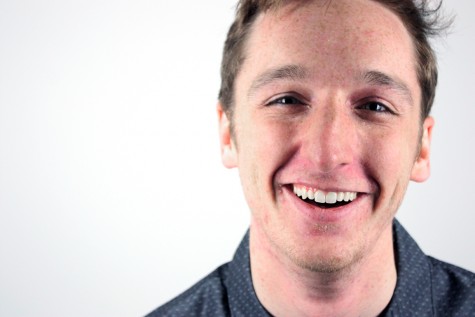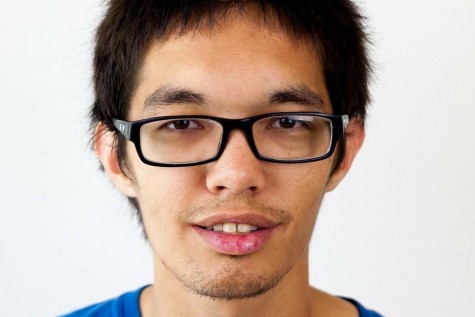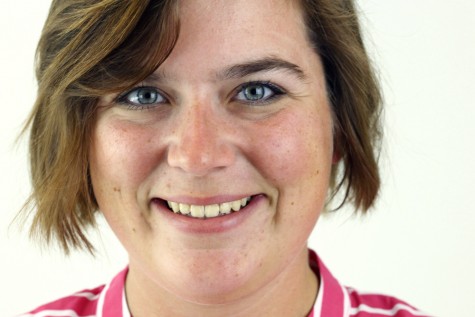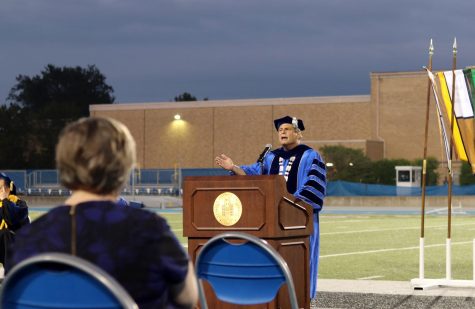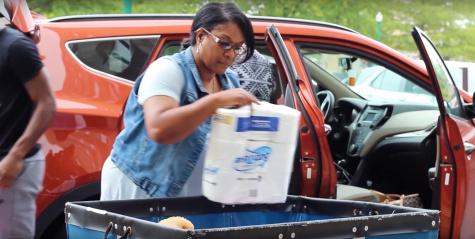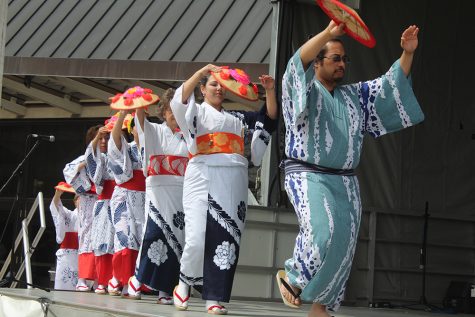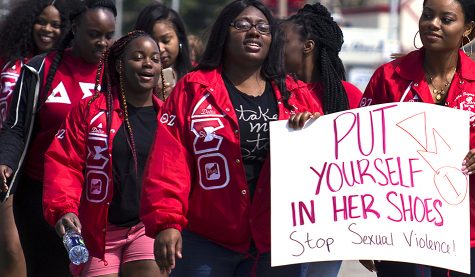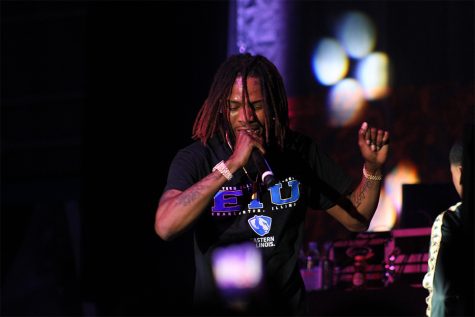Reporters expose details from Ferguson protests
Chris King, the editor of the St. Louis American, along with Wiley Price and Kenya Vaughn, a photographer and reporter respectively, answer questions posed by those in attendance during the Through the Smoke: Covering Ferguson panel on Thursday in the Charleston-Mattoon room of the Martin Luther King Jr. University Union
February 6, 2015
The St. Louis American staff members, who covered the Ferguson, Mo. protests, detailed their experiences with a “scared” police department and a movement made up of a young demographic.
During a panel discussion on covering the protests, Chris King, the managing editor, Wiley Price, a photojournalist for the newspaper, and Kenya Vaughn, a reporter for the newspaper, described the position they took on the protest and what violence they saw as a result of these protests.
The American, an African–American advocacy paper that covers much of the St. Louis area, was covering the protests as they began to grow and build.
Price explained his frustration as a journalist and as a witness toward protesters during the protests following the Michael Brown shooting. He said the police officers would say they were risking their lives to ensure the safety of the city, but they would be showing force against the peaceful protesters, and not the ones actually inciting violence.
“Within three days of Michael Brown’s death, I witnessed the police stop policing,” Price said.
He said he noticed the police would show aggression toward protesters while looters were seen a block down the street. He added police would attack the front of the mob, which for the most part was peaceful, even though the back of the mob was throwing the Molotov cocktails and bottles.
“I saw a lot of police observing while places were being torn down and looted,” Price said.
King said the police had two options when dealing with the disruptive protesters.
“They could, with risk to themselves, try to police the protest movement the way the police are supposed to police the community, which is to identify the dangerous elements and isolate them,” King said. “The other option is to leave them in there and make it worse.”
He said the second option would justify a stronger militarized response.
Price also mentioned when the police officers would show aggression toward the protestors with tear gas and other non-lethal forms of crowd control, protestors would be breaking windows out of anger as they fled the scene.
All three mentioned there were many challenges that went along with covering the protests, which included the staff having to work in shifts to cover the protests going on in the morning, afternoon and night.
While they advocated for the African-American community and the protesters, they all said it was still important to attempt to get each side of the protests, including the police perspective.
Vaughn said she tried to make sure to only report what she saw.
“I just had to make sure that I would take any emotion, any reservation, any biases, or any feelings out of it,” Vaughn said.
King said they had an issue of one reporter who became too subjective to the situation after being hit with pepper spray.
“It had this, sort of, Jekyll and Hyde effect on her, and it just turned her into a protestor,” King said. “She lost, completely, any shred of objectivity.”
Price mentioned the popularity of the protests caused issues for mainstream media because amateur photographers would be out taking pictures, but they would be moving into completely dangerous situations.
He said they were not making the situation better and were putting themselves in unnecessary situations. He added they would use close shot cameras forcing them to get in close to those bad areas.
Price said he always made sure to stay far enough away to avoid unnecessary injury but still get the photo. Even still, he was still hit with a small dose of tear gas because the wind carried some of it his way. Even that small dose of gas caused his eyes to water and also caused him to wheeze and breath heavy.
They also touched on the younger generations taking over the movement. Vaughn said the younger and older generations of protestors clearly differed in approaches. When Al Sharpton, a civil rights activist, came to the town, many boycotted his appearance.
Despite the protests dying down, King said he expects this topic is yet to be finished with many in the media likely to bring up the protests a year after its arrival.
Jarad Jarmon can be reached at 581-2712 or [email protected].






































